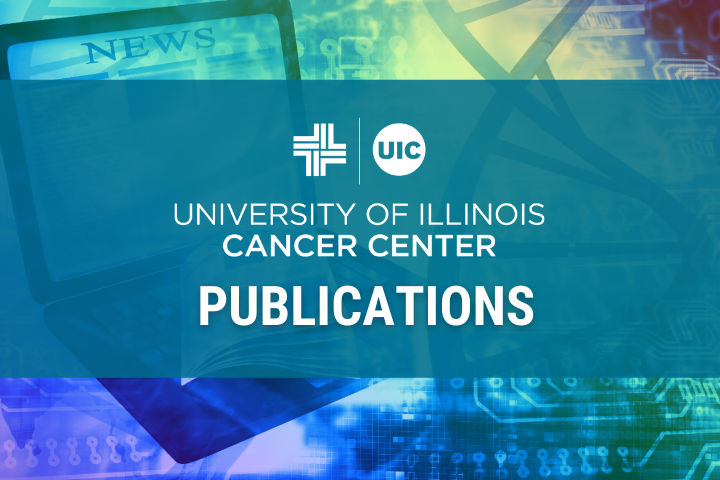
A study conducted by University of Illinois Cancer Center researchers found that giving minority women an individualized breast cancer risk estimate resulted in more patients receiving mammograms, a finding that could reduce racial inequities in breast cancer screening and mortality.
The study, published Sept.10 in JAMA Network Open, analyzed the behavior of 188 patients receiving routine primary health care at Federally Qualified Health Centers (FQHCs) in Chicago. The patients were age-eligible for screening mammography and received individualized breast cancer risk estimates as part of an NCI-funded study. Of those patients, 98 (52.1%) had an average risk of developing breast cancer and 90 (47.9%) were at high risk.
Mammography rates for women in the high-risk group jumped to 51%, from 36.6%, when they received an individual risk assessment based on their family history and personal risk factors.
“Perceived risk plays a role in whether a patient gets screened for cancer. Research has shown that Black women are significantly less likely to believe they are susceptible to breast cancer. Helping our patients understand their real risk, particularly when a woman falls into a higher-risk category, results in more mammograms and, hopefully, improved early detection,” said lead author Kent Hoskins, MD, of the University of Illinois Cancer Center’s breast cancer working group.
Less than half of the women at high risk, 45.6%, correctly perceived their risk for breast cancer, compared to 70% of average-risk patients, the study noted.
The risk assessments were conducted by clinic staff for female patients ages 25 to 69 who did not have a personal history of breast cancer. The assessment added only two to three minutes of staff time and did not affect physician workflow, making it a cost-effective intervention. Participants were classified as high risk if they had a family history of breast or ovarian cancer that qualified them for a genetic counseling referral or their lifetime breast cancer risk exceeded model thresholds.
Increasing the number of minority women receiving mammograms is a critical factor for health equity, Dr. Hoskins added. Screening mammography became a standard of care three decades ago, which contributed to a 30-year decrease in breast cancer mortality among women in the U.S.
“Not all women benefited equally from the introduction of mammography into routine care in the 1980s,” Dr. Hoskins noted. “Since that time a racial disparity in breast cancer mortality emerged, and currently the breast cancer mortality rate for Black women is 40% higher than for white women. Increased screening is one strategy that can help mitigate this disparity.”
